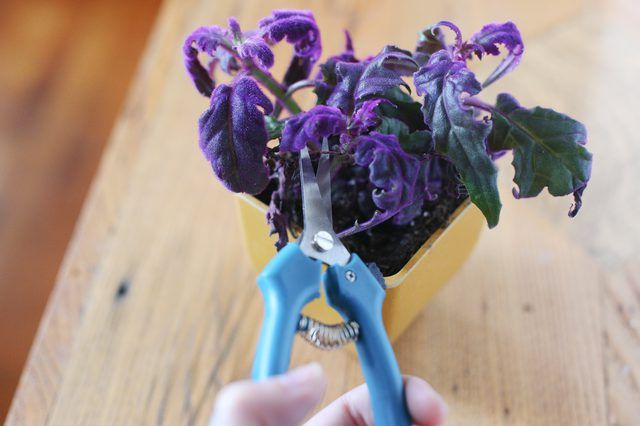Bulbs
Flower Basics
Flower Beds & Specialty Gardens
Flower Garden
Garden Furniture
Garden Gnomes
Garden Seeds
Garden Sheds
Garden Statues
Garden Tools & Supplies
Gardening Basics
Green & Organic
Groundcovers & Vines
Growing Annuals
Growing Basil
Growing Beans
Growing Berries
Growing Blueberries
Growing Cactus
Growing Corn
Growing Cotton
Growing Edibles
Growing Flowers
Growing Garlic
Growing Grapes
Growing Grass
Growing Herbs
Growing Jasmine
Growing Mint
Growing Mushrooms
Orchids
Growing Peanuts
Growing Perennials
Growing Plants
Growing Rosemary
Growing Roses
Growing Strawberries
Growing Sunflowers
Growing Thyme
Growing Tomatoes
Growing Tulips
Growing Vegetables
Herb Basics
Herb Garden
Indoor Growing
Landscaping Basics
Landscaping Patios
Landscaping Plants
Landscaping Shrubs
Landscaping Trees
Landscaping Walks & Pathways
Lawn Basics
Lawn Maintenance
Lawn Mowers
Lawn Ornaments
Lawn Planting
Lawn Tools
Outdoor Growing
Overall Landscape Planning
Pests, Weeds & Problems
Plant Basics
Rock Garden
Rose Garden
Shrubs
Soil
Specialty Gardens
Trees
Vegetable Garden
Yard Maintenance
How to Grow a Purple Passion Plant
How to Grow a Purple Passion Plant. Imaginatively named for the velvety, purple hairs that cover its leaves and stems, especially the new growth, purple passion plant (Gynura aurantiaca) is native to Indonesia and grows outdoors in U.S. Department of Agriculture plant hardiness zones 10 through 12. You can also grow it as a houseplant. A sprawling,...
Imaginatively named for the velvety, purple hairs that cover its leaves and stems, especially the new growth, purple passion plant (Gynura aurantiaca) is native to Indonesia and grows outdoors in U.S. Department of Agriculture plant hardiness zones 10 through 12. You can also grow it as a houseplant. A sprawling, rather weak-stemmed plant, purple passion does well in a hanging basket. In winter, it produces tiny yellow to orange composite flowers with an unpleasant smell. It's easy to start new plants from cuttings.
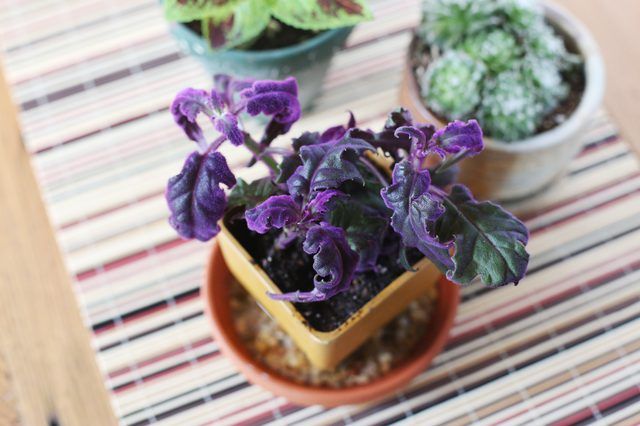
Grow purple passion in a houseplant potting mix that is peat-based. This tropical plant is fast-growing and fills out a pot quickly, trailing over the edges, so don't space pots close together. The stems can grow to 4 feet long. For large hanging baskets, place several rooted cuttings evenly around the diameter of the container.
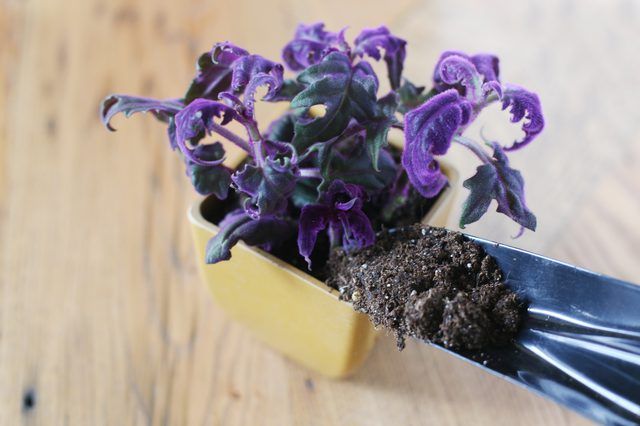
Purple passion needs constant moisture but not soggy soil while it is actively growing. In fall and winter, growth slows and the plant can be kept somewhat drier, but never allow it to dry out. Take care when using a peat-based mix because it's hard to rehydrate if it dries out completely. You may have to submerge the entire pot under water if the potting mix dries out. Avoid getting water on the leaves, which can cause dark spots. Purple passion appreciates humidity of 50 percent or higher. To raise the humidity, use a humidifier or place the plant on a tray filled with pebbles with a layer of water at the bottom. Do not mist the plant.
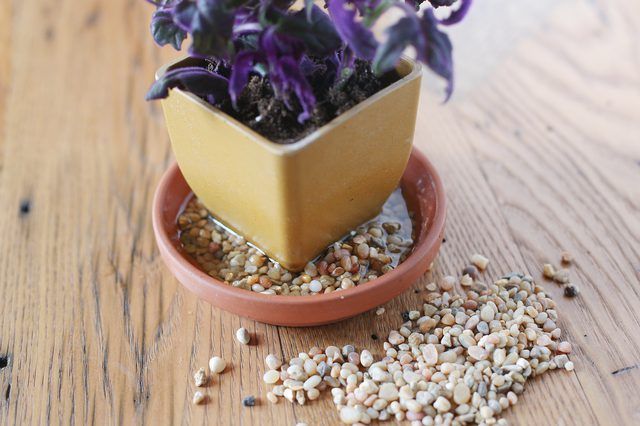
Give purple passion bright, indirect light. Direct sunlight can scorch the leaves. If the plant's purple color becomes less intense over time, it probably needs more light. Because purple passion grows so quickly, it doesn't need much fertilizer. Apply a liquid fertilizer, such as 20-20-20, at half-strength every two weeks in spring through fall when the plant is actively growing. Fertilize once a month in winter. Mix at the rate of 1/4 teaspoon of fertilizer in 2 quarts of water. Give enough of the solution so it comes through the pot's drainage holes.
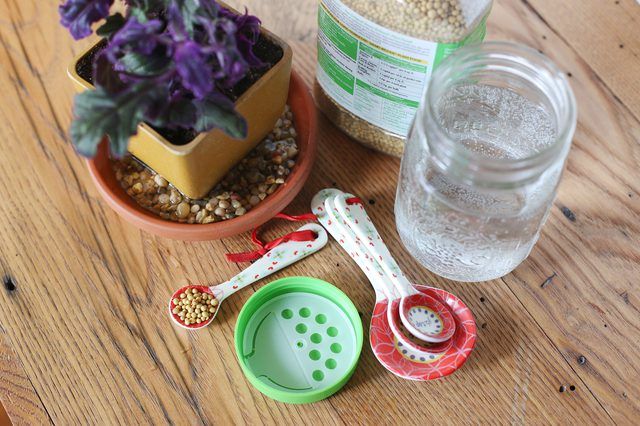
It's easy for purple passion to become leggy as it grows fast. Keep the plant cut back to promote bushiness. Use a pruners or scissors cleaned with a soft cloth soaked in rubbing alcohol to prevent spreading diseases. Cut the branch ends back, removing a stem length containing one to three leaves. Cut just above a leaf. Root the stems for a new, vigorous plant to replace outgrown ones. After dipping the stem ends in rooting hormone, put the stems in a mixture of equal parts moistened peat and perlite. If you loosely tent their rooting container with a plastic bag, they'll usually root in a few weeks. Remove any flowers before they open.
